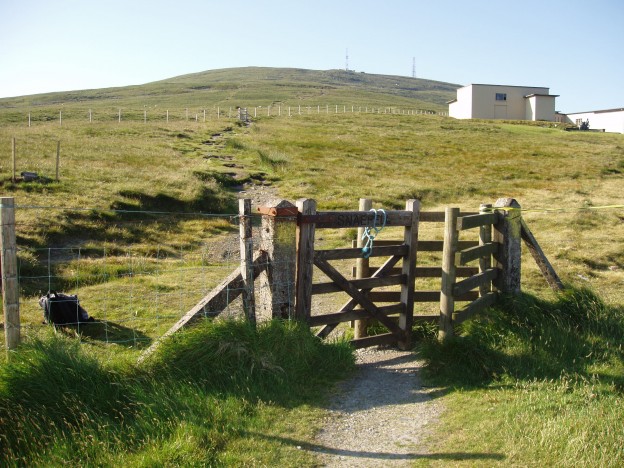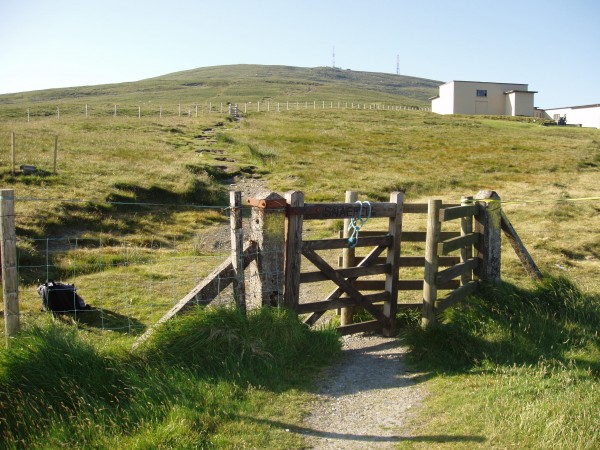Manx Fairies. On the western hopes of Snaefell. August, 1922. We encountered a charming race of ‘little folk’ whilst climbing the mountain from Sulby Glen, a race differing from the English nature-spirits in many respects. In height from four to six inches, they suggest, in miniature, the appearance of men and women of very ancient times. Unlike their brethren of the mainland, they move sedately and with an almost languorous grace about the hillside. Their eyes, which are soft and dreamy in expression, are elongated and narrow. Their faces wear a perpetual smile; the features are well modelled though the chin recedes unduly. Both sexes appear to be represented, the females have long dresses of bright mixed colours; the males are clothed in shiny material that looks like silk, the favourite colour being a royal blue of electric brilliance. They suggest remotely the cavalier and fine lady of the Stuart period, but I imagine that their appearance is modelled upon that of the people of a far earlier date. They make a sweet flute-like music which, coming from several directions at once, creates a kind of twittering effect. They are dancing and playing on the hillside, which they people in countless number. Appearing amongst them occasionally is a creature partly resembling a ghome, but with an animal’s hind legs. These little folks have no wings, and lack the vivid vitality which has characterised all the other types of fairies we have met. Their consciousness is only operating very partially through the forms; some of them seem almost to be walking in their sleep. They are extremely gentle and courteous in their relationship with each other, and express love rather than joy. Theirs is a very peaceful, quiet, dreamlike existence. The centre of vitality appears to be just within the small of the back, the astral body being connected to the physical at that point and floating immediately behind and above it. It is shapeless, and the predominating colours are silver and rose, brilliantly illuminated. The creature appears to be less than half incarnated. Probably the race is so ancient that it is about to die out. Geoffrey Hodson, Fairies at Work and at Play, (London: Theosophical Publishing House, 1930), 75-76


